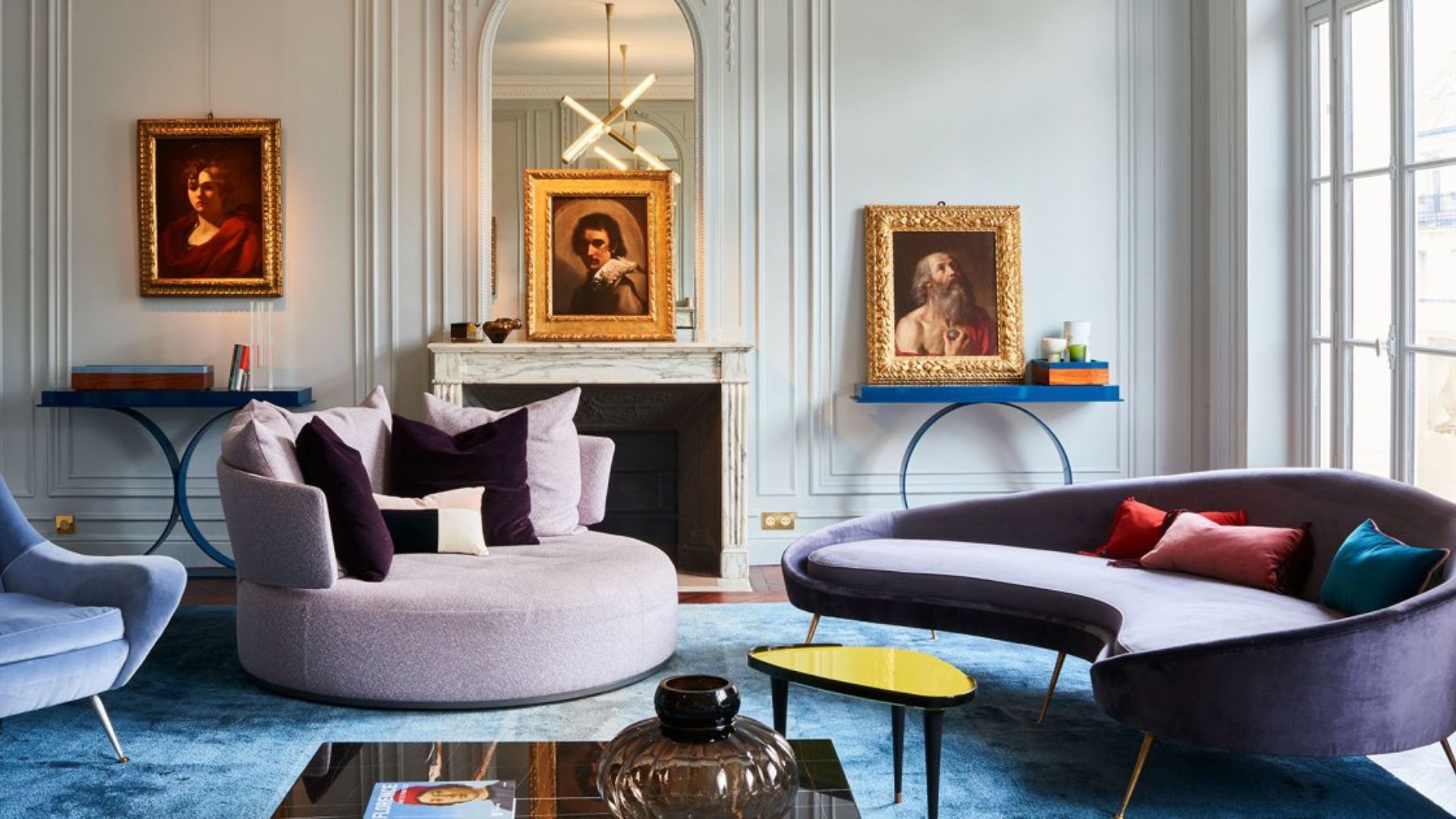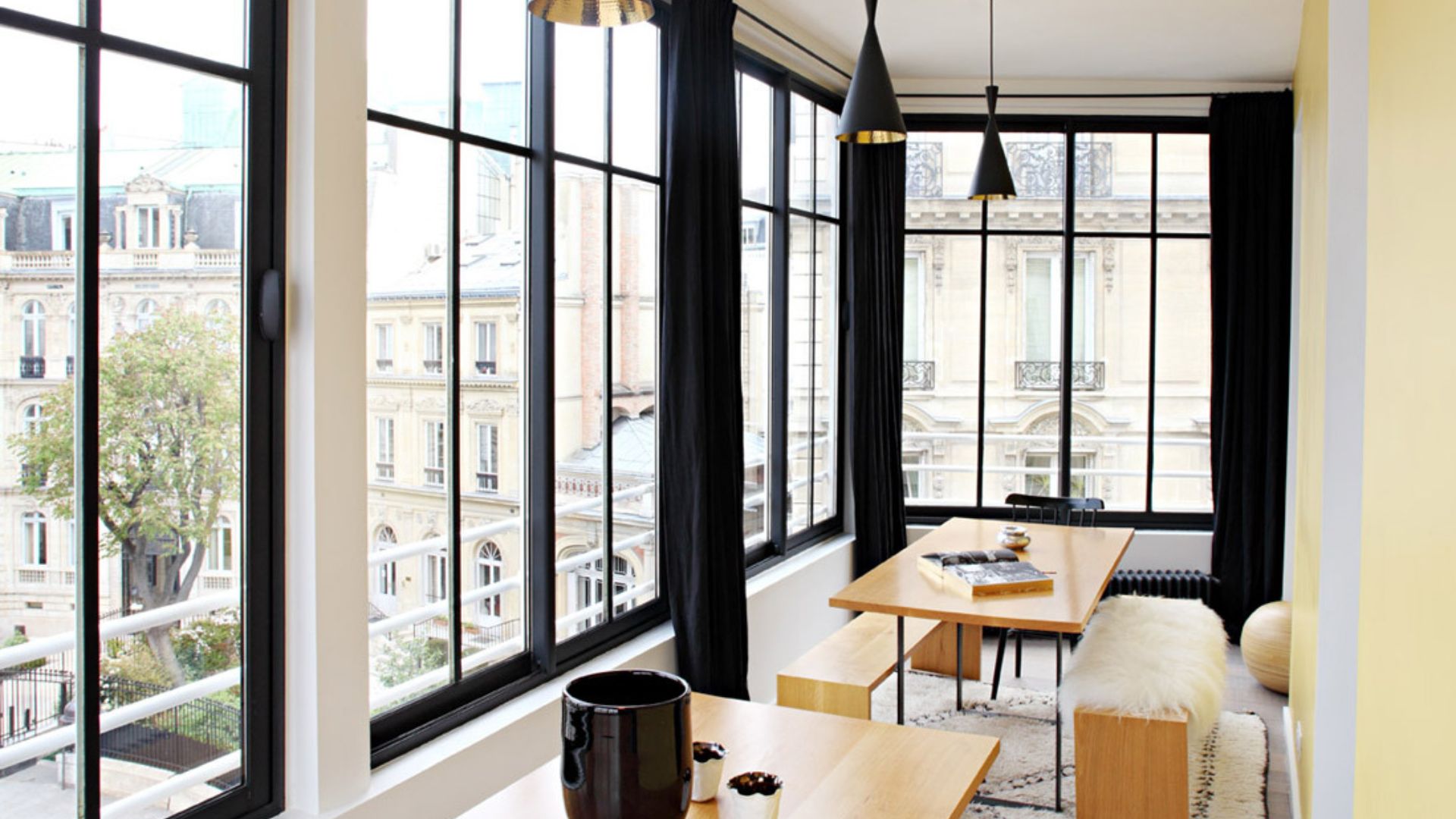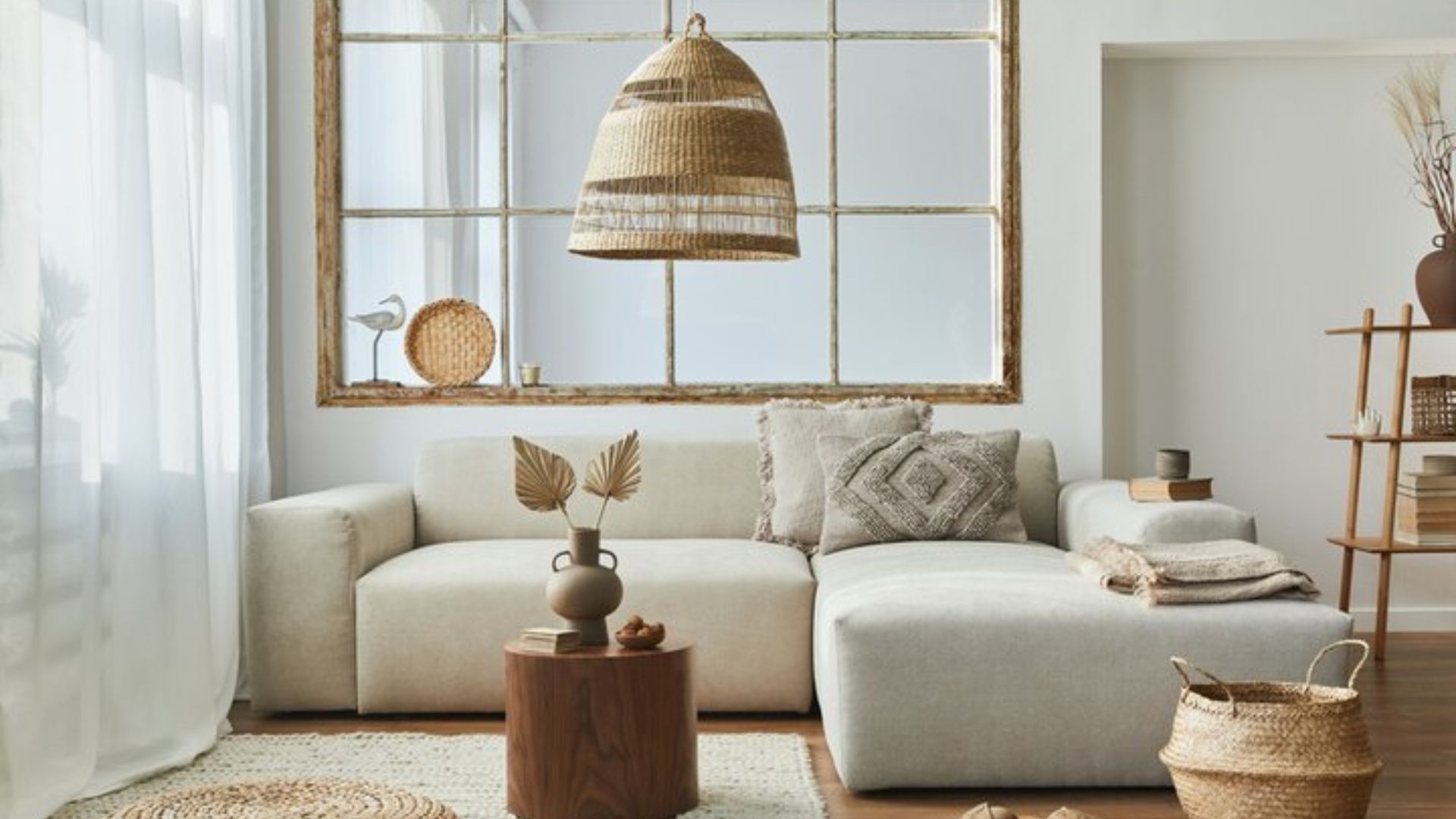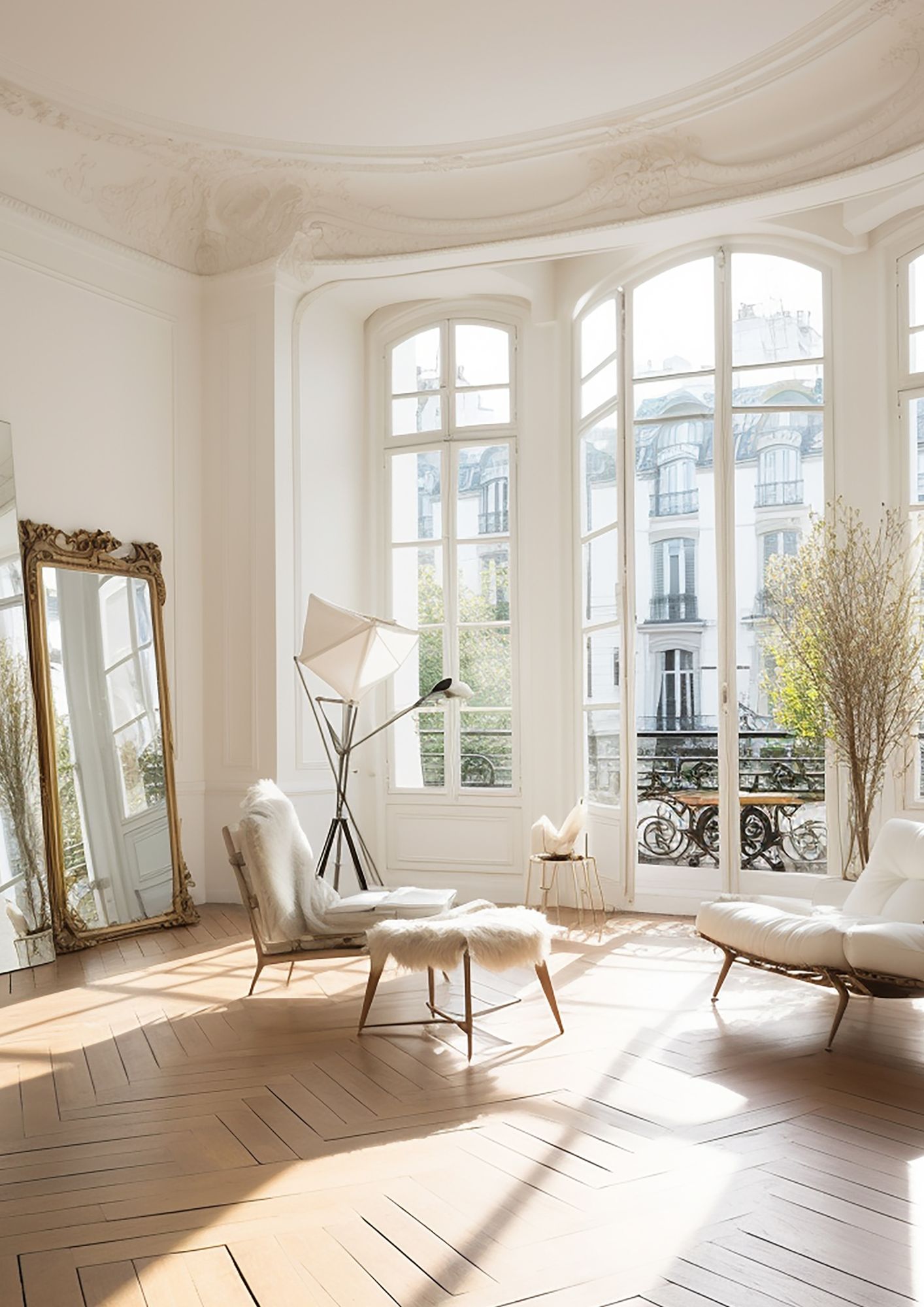Sublimez Votre Intérieur : Tendances et Conseils en Décoration
En savoir plus

Décoration Paris
Découvrez l’essence de la décoration à la parisienne avec TheCollection. Nos conseils et inspirations vous guideront pour incorporer l’élégance et le raffinement parisiens dans votre intérieur. Plongez dans un monde où le style rencontre l’histoire.

Design d’intérieur
Transformez votre espace avec nos idées de design d’intérieur. TheCollection vous apporte les dernières tendances et astuces pour créer un environnement qui vous ressemble, alliant fonctionnalité et esthétique.

Tendances décoration
Restez à la pointe de la décoration avec TheCollection. Explorez les tendances actuelles qui façonnent les intérieurs modernes, des couleurs aux matériaux, et comment les appliquer dans votre propre espace.

Décoration
Immergez-vous profondément dans l’univers fascinant de la décoration avec TheCollection. Notre section spécialement dédiée à la décoration vous embarque dans un périple stimulant, explorant les courants les plus récents et vous fournissant des recommandations avisées pour magnifier chaque recoin de votre domicile. Apprenez comment de simples ajustements peuvent métamorphoser votre environnement de vie. Soyez source d’inspiration et façonnez l’espace de vos rêves avec audace et créativité. Nous vous invitons à parcourir nos articles diversifiés pour élargir votre horizon d’idées et trouver l’inspiration nécessaire à la réalisation de vos projets de décoration.
Hello world!
Welcome to WordPress. This is your first post. Edit or delete it, then start writing!
Template
CCRE35 : 40 Ans au Service de l'Entrepreneuriat en Ille-et-Vilaine Le Club des créateurs, repreneurs et entrepreneurs d'Ille-et-Vilaine (CCRE35) célèbre
Design Paris
Laissez Paris, cette métropole emblématique de l’élégance et du design, transformer votre espace de vie. À travers notre catégorie Design Paris, nous vous révélons les mystères des demeures parisiennes les plus en vogue, où élégance et sophistication se conjuguent dans chaque élément. Que ce soit à travers le charme réinventé des appartements haussmanniens ou la modernité des studios actuels, nous vous guidons vers des idées novatrices pour injecter un esprit parisien dans votre intérieur. Nos articles sont une invitation à parcourir le design parisien dans ses moindres détails, vous offrant une source inépuisable d’inspiration pour ceux aspirant à un cadre de vie à la fois chic et intemporel.
Hello world!
Welcome to WordPress. This is your first post. Edit or delete it, then start writing!
Template
CCRE35 : 40 Ans au Service de l'Entrepreneuriat en Ille-et-Vilaine Le Club des créateurs, repreneurs et entrepreneurs d'Ille-et-Vilaine (CCRE35) célèbre
Exploration et Inspiration
Plongez encore plus profondément dans l’univers de TheCollection, où la décoration et le design fusionnent pour façonner des espaces vivants et uniques. Nous vous offrons une source inépuisable d’inspiration, en dévoilant les dessous chic des intérieurs parisiens et les vagues des tendances actuelles. Notre ambition est de vous accompagner dans la création d’un lieu qui vous est propre, reflétant votre personnalité et votre vision du monde.
Personnalisation et Créativité Élargie
Chaque recommandation de TheCollection est une poussée vers plus de personnalisation, vous invitant à transformer chaque recoin en un récit de votre identité. Nous vous guidons pas à pas vers une créativité sans limites, vous dotant des clés pour réinventer vos espaces avec audace et innovation.

